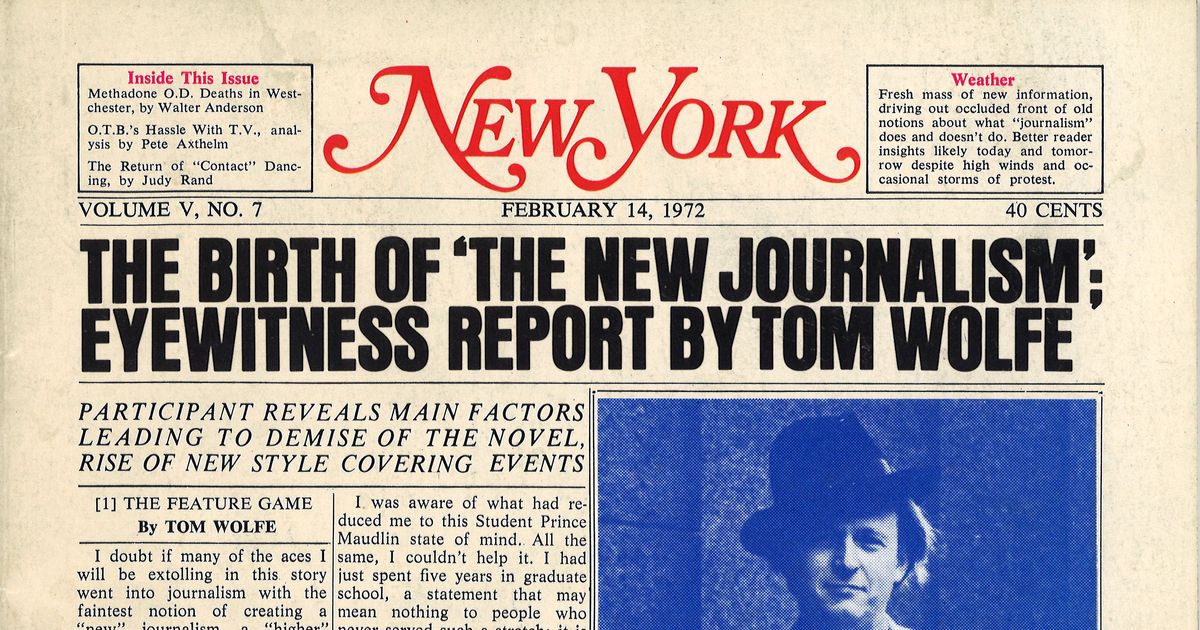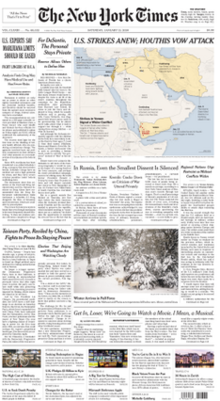The Best Strategy To Use For News Articles
The Best Strategy To Use For News Articles
Blog Article
How News Articles can Save You Time, Stress, and Money.
Table of ContentsNews Articles - Questions6 Easy Facts About News Articles ExplainedThe Of News ArticlesSome Known Details About News Articles What Does News Articles Do?
Good understanding of various topics offers students an affordable edge over their peers. Despite the fact that digital and social media are conveniently available, we should not neglect how crucial it is to read the newspapers. Moms and dads should attempt and inculcate the routine of reading a paper as a daily routine to proceed the heritage of the revered print tool.Newspaper article likewise contain at the very least one of the adhering to essential characteristics family member to the desired audience: distance, importance, timeliness, human passion, anomaly, or consequence. The associated term journalese is occasionally utilized, typically pejoratively, to describe news-style writing. An additional is headlinese. Newspapers typically adhere to an expository writing design.
Within these limits, news tales also aim to be extensive. Among the larger and much more revered newspapers, fairness and equilibrium is a significant element in presenting details.
Newspapers with a global target market, for example, often tend to make use of an extra official design of composing. News Articles.; usual style overviews include the and the US Information Style Book.
News Articles Things To Know Before You Get This
As a policy, journalists will certainly not utilize a lengthy word when a brief one will certainly do. Information authors try to avoid utilizing the very same word extra than as soon as in a paragraph (occasionally called an "resemble" or "word mirror").
Headlines sometimes leave out the topic (e.g., "Leaps From Boat, Catches in Wheel") or verb (e.g., "Pet cat female fortunate"). A subhead (additionally subhed, sub-headline, subheading, caption, deck or dek) can be either a subservient title under the primary heading, or the heading of a subsection of the write-up. It is a heading that comes before the main message, or a team of paragraphs of the primary text.

Extra signboards of any of these types may show up later in the short article (especially on subsequent web pages) to attract further reading. Such signboards are additionally made use of as guidelines to the short article in other sections of the magazine or site, or as promotions for the piece in various other magazine or websites. Regular structure with title, lead paragraph (summary in strong), other paragraphs (details) and call info.

Instance of a hard-lead paragraph NASA is recommending an additional room task. The firm's budget request, announced today, included a plan to send another mission to the Moon. This time around the agency intends to establish a long-lasting center as a jumping-off place for other space adventures. The budget requests roughly $10 billion for the job.
An "off-lead" is the 2nd most crucial front page information of the day. To "bury the lead" is to start the write-up with background information or information of official statement additional significance to the visitors, compeling them to check out more deeply into an article than they need to have to in order to uncover the crucial factors.
The Facts About News Articles Uncovered
Common use is that a person or more sentences each form their own paragraph. Journalists normally define the organization or structure of a news tale as an upside down pyramid. The vital and most intriguing components of a tale are placed at the start, with supporting info complying with in order of lessening relevance.
It permits individuals to explore a topic to only the depth that their curiosity takes them, and without the imposition of details or nuances that they might think about pointless, however still making that info offered to a lot more interested visitors. The inverted pyramid structure likewise allows short articles to be trimmed to any type of arbitrary length during layout, to suit the room readily available.
Some writers start their tales with the "1-2-3 lead", yet there are many kinds of lead offered. A kicker can refer to multiple points: The last tale in the visit the website information broadcast; a "pleased" story to end the show.
Longer short articles, such as publication cover posts and the pieces that lead the within sections of a paper, are called. Attribute tales differ from straight information in a number of means. Foremost is the lack of a straight-news lead, a lot of the moment. Rather than offering the significance of a story in advance, function authors may attempt to tempt viewers in.
Fascination About News Articles
A function's initial paragraphs often relate an interesting moment or event, as in an "unscientific lead". From the details of an individual or episode, its view quickly broadens to abstract principles concerning the tale's subject.

The Editor's Tool kit: A Recommendation Guide for Beginners and Professionals (2001) Allan M. Siegal and William G. Connolly. The New York City Times Manual of Style and Usage: The Authorities discover here Design Overview Used by the Writers and Editors of the Globe's The majority of Reliable Paper (2002) M. L. Stein, Susan Paterno, and R.
Report this page